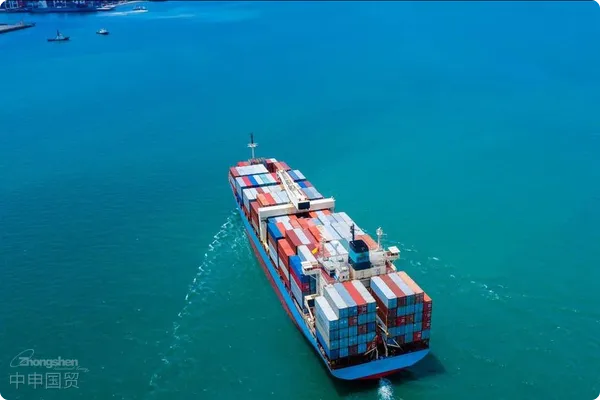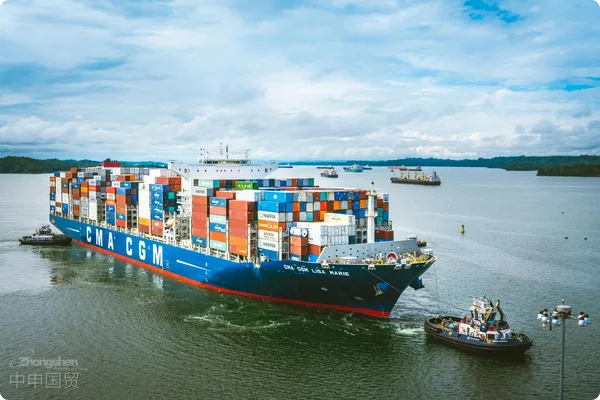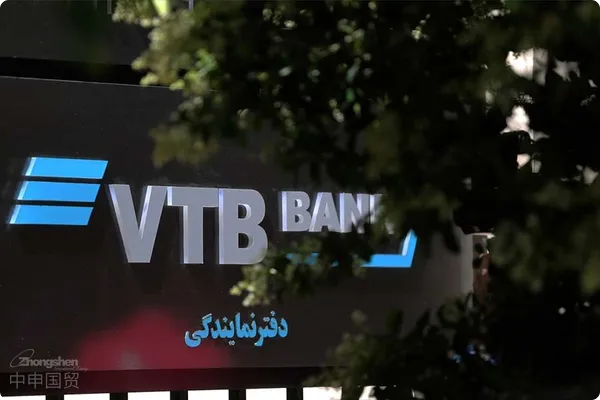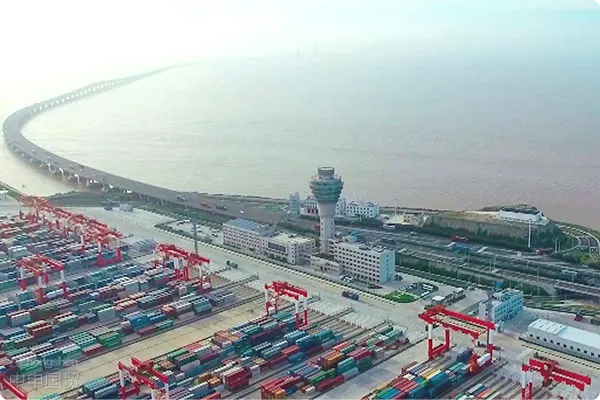- Shanghai Zhongshen International Trade Co., Ltd. - Two decades of trade agency expertise.
- Service Hotline: 139 1787 2118

When precision instruments meet HS codes:equipment. For example, Indonesia has the SNI certification, Thailand has the TISI certification, and the Philippines has the BPS certification. It is necessary to confirm in advance the equipment voltage (such as 380V/50Hz in Thailand), the compatibility of the CE certification, and the proof of environmentally friendly materials.Game theory
Against the backdrop of global supply chain restructuring in 2025, the error rate in industrial equipment import declarations is 42% higher than that of ordinary goods (WTO Trade Facilitation Report). A production line worth millions of dollars may incur hundreds of thousands in late fees due to a 0.5% declaration error. The value of professional customs brokers lies in translating technical parameters into compliant trade language.
Three technical minefields in equipment customs declaration
- The dynamic maze of HS codes
- An automobile manufacturer importing welding robots incurred a 17% tariff difference due to failure to identify the combined classification rules for mechanical arms + control systems
- The 2025 Harmonized System adds 3,000 new sub-items for electromechanical products, with code validity shortened to 8 months
- Technical parameter conversion traps
- A semiconductor company failed to clearly indicate nanometer-level precision parameters when declaring lithography machines, triggering customs technical verification
- Import licenses,3CCertifications, and environmental approval documents have a matching error rate 27% higher than the industry average
- Multi-dimensional model for duty calculation
- A certainMedical EquipmentAn importer overlooked exchange rate fluctuation clauses, resulting in an CIF price calculation deviation that led to additional taxes of 820,000 yuan
- Hidden costs such as royalty fees and transportation surcharges can account for up to 12% of the dutiable value
Value coordinate system of professional agency services
Compared with traditional operation models, high-quality agency companies can improve customs clearance efficiency by 35-50 days and reduce compliance costs by 18%:
- Declaration pre-review mechanism: Establish a database of equipment technical parameters to predict over 92% of classification disputes
- Customs sandbox simulation: Simulate regulatory priorities of different ports to select optimal clearance paths
- Dynamic duty monitoring: Real-time tracking of exchange rates, provisional tariff rates, and anti-dumping duty changes
- Emergency Response SystemComplete inspection exception handling plan within 48 hours
Five-dimensional model for agency capability assessment
- Industry vertical indexAvailability of successful case database in specific equipment fields
- Customs technical assetsCompleteness of self-owned classification database and tariff analysis system
- Port relationship networkCommunication response speed of key port customs officers
- Risk hedging solutionsApplication of financial instruments such as customs guarantee insurance and consolidated taxation
- Legal remedy capabilitiesPractical experience in legal procedures such as administrative reconsideration and classification pre-ruling
Practical case: Customs clearance optimization for a production line worth 120 million yuan
A certainNew energyWhen battery manufacturers import German coating machines:
- Original declaration plan: Estimated customs clearance time of 28 days under DDP terms, tax cost of 18.5 million yuan
- After professional agency optimization: Actual customs clearance in 16 days through port selection + royalty fee separation + classification pre-ruling, compliant tax savings of 2.17 million yuan
Five common misconceptions about equipment import
- Believing HS codes provided by the original factory are absolutely reliable (actual error rate exceeds 40%)
- Underestimating the professional requirements for technical document translation (requires CATTI certification)
- Confusing regulatory differences between new and used equipment (prohibited import catalog for used equipment is updated annually)
- Overlooking the combined use of regional preferential policies (such as RCEP+DTA)
- Using agency fees as the sole selection criterion (should calculate full-cycle compliance costs)
Under the 2025 Customs Smart Supervision 2.0 system, equipment imports have entered the millimeter-level compliance era. Choosing an agency with engineering thinkingforeign tradeis essentially purchasing a risk control system. When technical parameters and trade rules become quantum entangled, the decoding capability of professional service providers will determine the stability coefficient of corporate supply chains.
Related Recommendations
? 2025. All Rights Reserved. Shanghai ICP No. 2023007705-2  PSB Record: Shanghai No.31011502009912
PSB Record: Shanghai No.31011502009912










